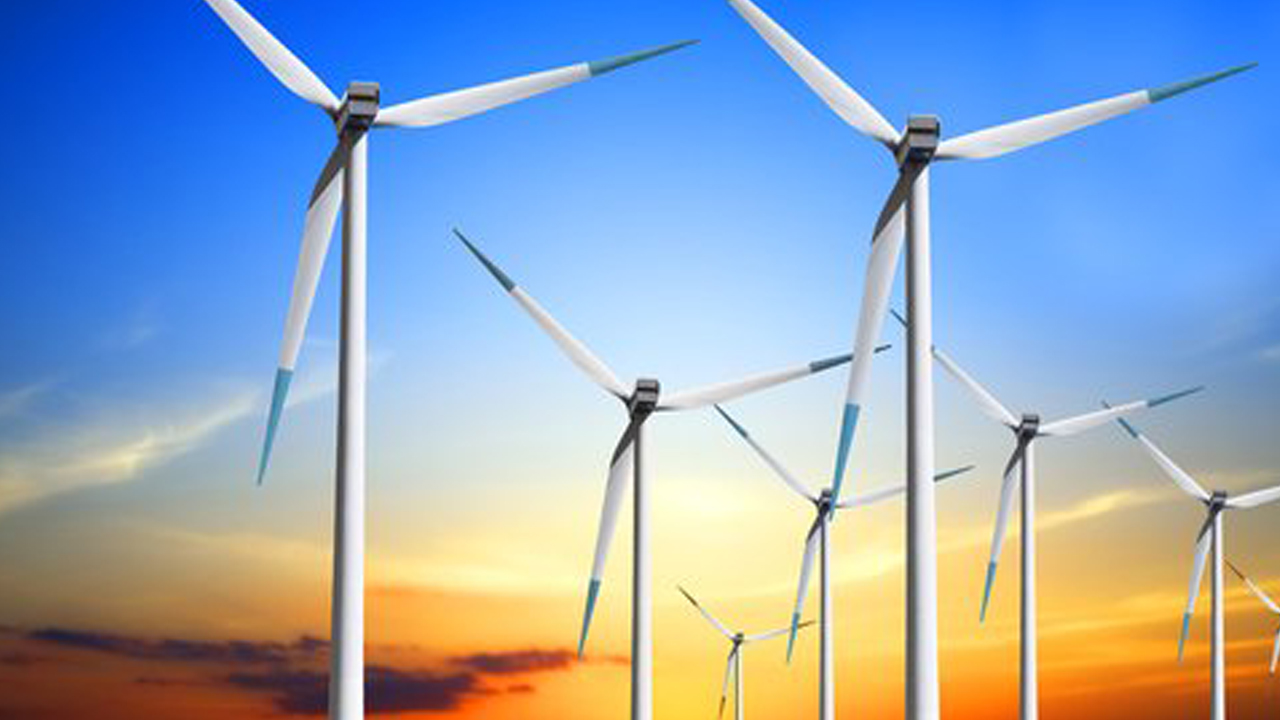Power Plants
Each power plant technology has advantages and disadvantages. For example, nuclear power plants provide large quantities of reliable power with low levels of greenhouse gas emissions. Fossil fuel power plants deliver on-demand, consistent and reliable energy when the resources are available. Hydro, solar and wind power plants generate renewable electricity, thereby delivering emissions-free electricity.
More DetailsGas Turbine
Gas turbines facilitate economical power generation, especially for intermediate or base load tasks, due to their quick-start capabilities. They provide a reliable solution for electricity generation, featuring a wide range of gas and liquid fuels and delivering high efficiency and excellent emission performance through sturdy industrial design.
More DetailsWind Turbine
Materials that are typically used for the rotor blades in wind turbines are composites, as they tend to have a high stiffness, high strength, high fatigue resistance, and low weight. Typical resins used for these composites include polyester and epoxy, while glass and carbon fibers have been used for the reinforcing material. Construction may use manual layup techniques or composite resin injection molding. As the price of glass fibers is only about one tenth the price of carbon fiber, glass fiber is still dominant.
More DetailsSteam Turbine
By 1905, when steam turbines were coming into use on fast ships (such as HMS Dreadnought) and in land-based power applications, it had been determined that it was desirable to use one or more Curtis wheels at the beginning of a multi-stage turbine (where the steam pressure is highest), followed by reaction stages. This was more efficient with high-pressure steam due to reduced leakage between the turbine rotor and the casing. This is illustrated in the drawing of the German 1905 AEG marine steam turbine. The steam from the boilers enters from the right at high pressure through a throttle, controlled manually by an operator (in this case a sailor known as the throttle man). It passes through five Curtis wheels and numerous reaction stages (the small blades at the edges of the two large rotors in the middle) before exiting at low pressure, almost certainly to a condenser.
More Details



